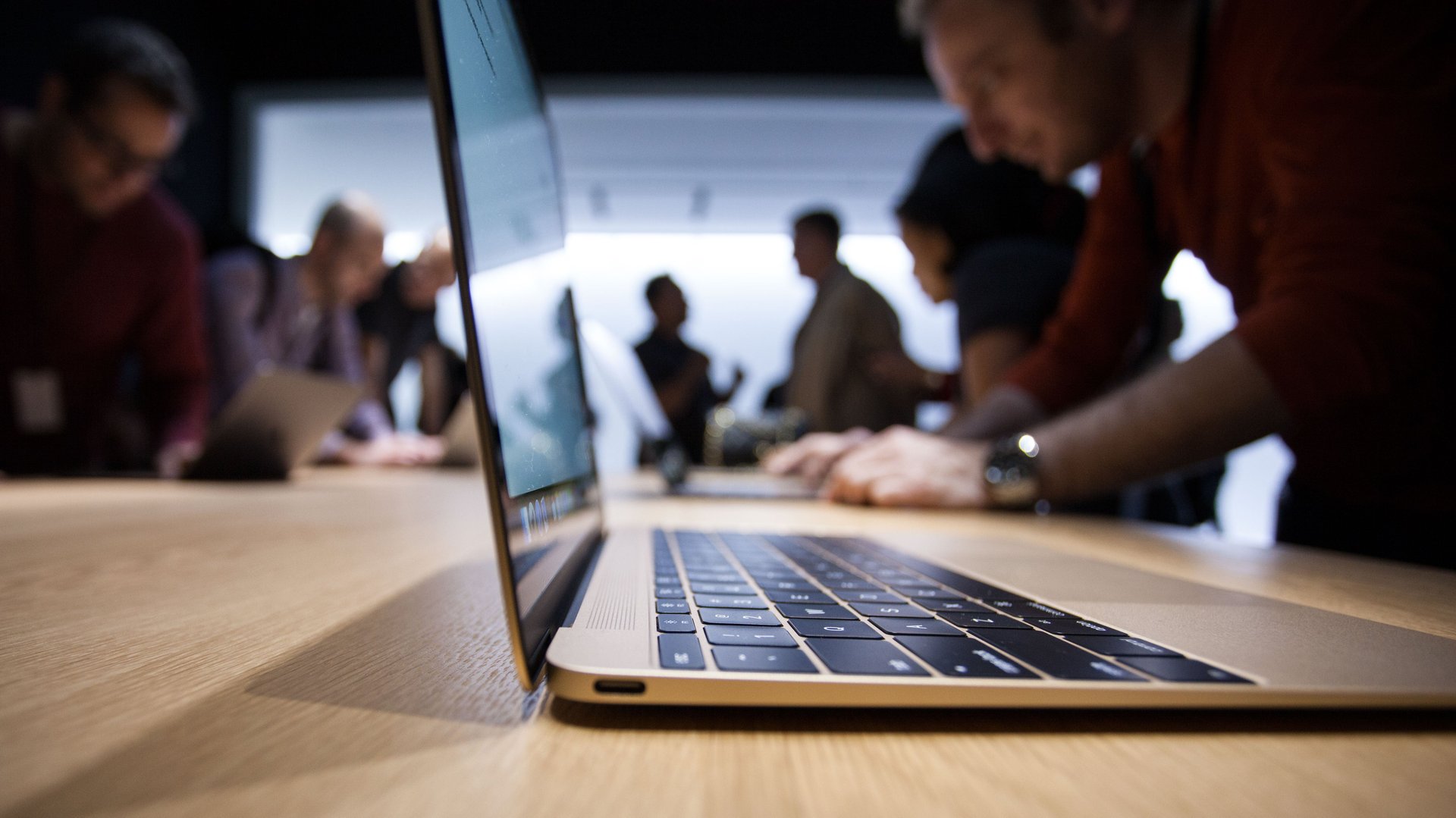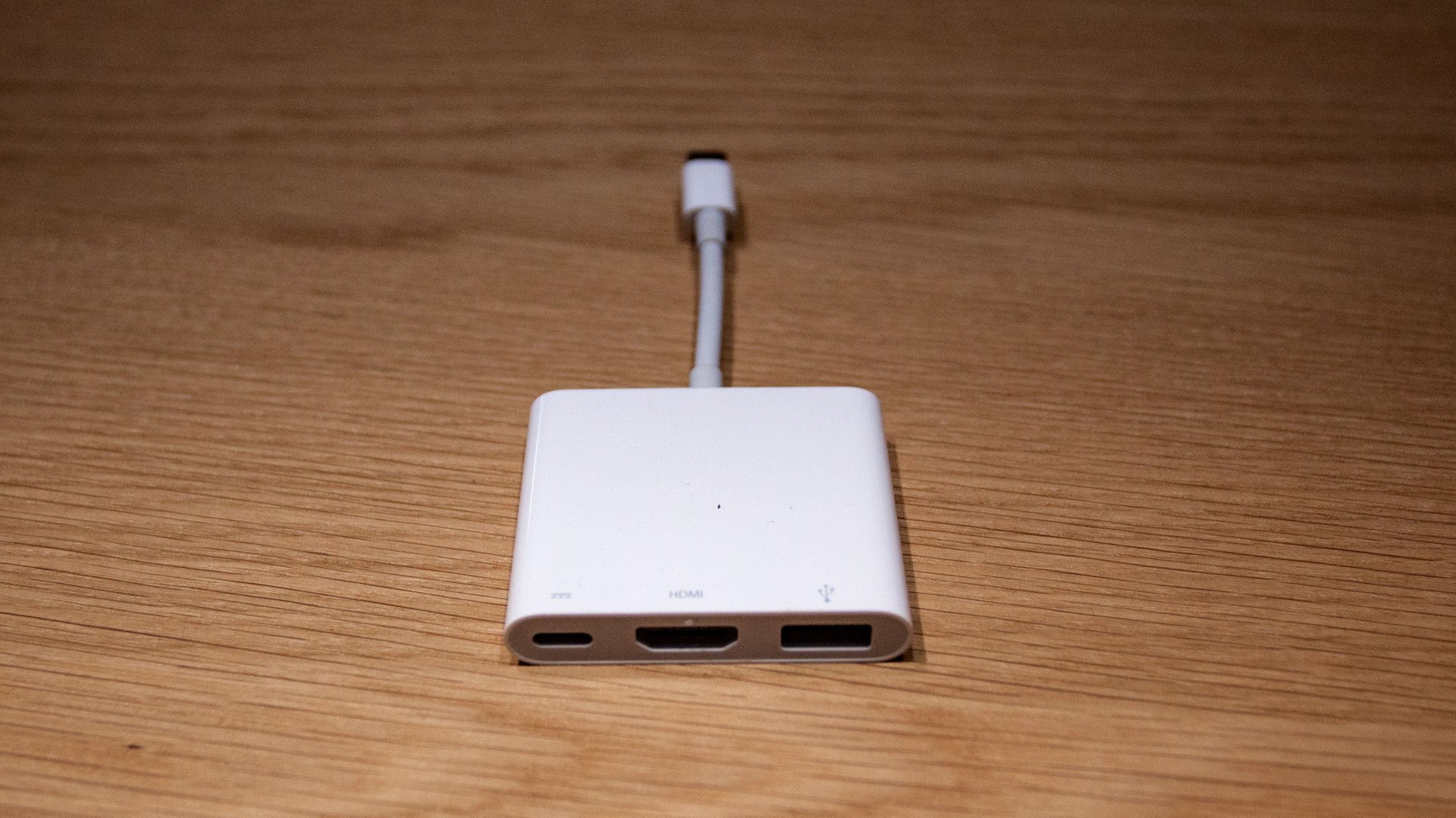Steve Jobs would have loved the new MacBook
The new MacBook is an incredible feat of engineering. To build it, Apple essentially started with its sleekest laptop model to date, the MacBook Air (1.7 cm at its thickest part), and dreamed up ways to make it thinner. It removed the fan from the logic board, designed thinner yet larger keys, developed sheets of batteries that can be layered on top of each other, and replaced almost every existing port on the computer with just one minuscule USB-C port, a new industry standard.


The new MacBook is an incredible feat of engineering. To build it, Apple essentially started with its sleekest laptop model to date, the MacBook Air (1.7 cm at its thickest part), and dreamed up ways to make it thinner. It removed the fan from the logic board, designed thinner yet larger keys, developed sheets of batteries that can be layered on top of each other, and replaced almost every existing port on the computer with just one minuscule USB-C port, a new industry standard.
The result is beautiful: a powerful, energy-efficient machine that’s 24% thinner than the MacBook Air, measuring 1.31 cm at its thickest part. Like Apple’s iPhones and iPads, the new MacBook is available in gold, space gray, and silver.
“It took reinventing every technology in it to deliver something this amazing,” Phil Schiller, senior vice president of worldwide marketing, said Monday when he unveiled the new 12-inch MacBook with Retina display. “This is the vision of the future of the notebook, one of extreme portability.”
It’s also a vision that springs directly from the legacy of Steve Jobs, the late Apple cofounder, who prized minimalism and had a knack for moving people along to the next way of doing things, often without their even realizing it.
The MacBook has always been a very functional machine, combining power, price, and portability, while its trendier cousin, the MacBook Air, was targeted initially at minimalists. Though the internal specs might suggest otherwise, the new MacBook is now pushing the barrier when it comes to extreme minimalism. As one of the first computers with the new USB-C standard, it’s also one of the first laptops—if not the first—without a dedicated charging port. That’s because the new USB-C connector, roughly the size of the lightning port on newer iPhones and iPads, can be used in a variety of ways: to connect to USB devices, TVs, monitors, and power. You just need the right adapter.

There are bound to be some grievances with this, starting with the cost. Apple reps who demonstrated the new MacBook’s features at Apple’s media event yesterday tell Quartz that the adapters will be sold separately. One USB-C accessory with ports for power, HDMI, and USB costs $79, and it only lets people connect to one USB device at a time.

Then, there’s the problem of remembering the darn thing. Without the adapter, a power cable (or whatever else you might want to plug into the computer) is useless—although Apple would likely counter this by touting the all-day (read: nine hours of web browsing) battery life on the new MacBook. Apple used its space-saving design tweaks to pack the machine with sheets of batteries to take advantage of any available space.
Before yesterday, it was unfathomable to think people no longer needed a dedicated power port for their laptops. But Apple has a history of training consumers away from old habits and nudging us in new directions that seem obvious in hindsight.
For example, until Jobs explicitly took these things away, who among us realized we in fact had no need for floppy disk drives (iMac G3, 1998), phone jacks (MacBook, MacBook Pro 2006), ethernet ports (MacBook Air 2008), or CD/DVD players (MacBook Air 2008)?
Now, with the MacBook, Apple is upending the idea of the dedicated charging port. (It also is perhaps telling that the company doesn’t yet sell a USB-C ethernet adapter. Could this be a harbinger of ethernet’s obsolescence?)
By further reducing the number of ports on its laptops, Apple is aligning the MacBook with its mobile devices, which rely on a single port for charging and data transfer. Until new charging technologies are developed, the power cord isn’t going anywhere. But as batteries for portable devices get smaller and cram in more capacity, the idea of bringing along a power cord could one day seem a dated concept.